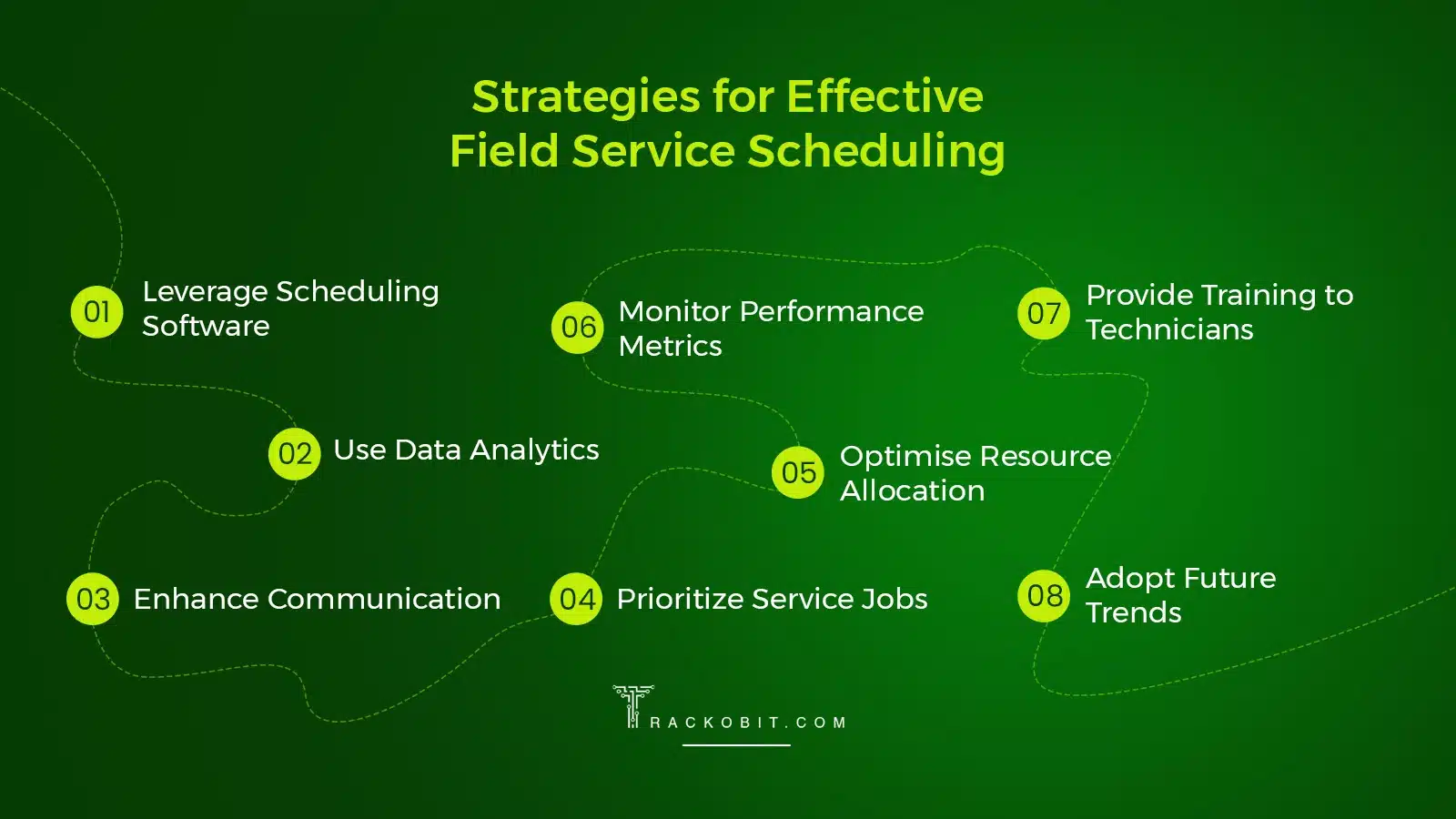-
TrackoBit
Manage commercial vehicles with the new-age Fleet Management Software
TrackoBit -
TrackoField
Streamline your scattered workforce with Field Force Management Software
TrackoField -
Features Resources
-
Blog
Carefully curated articles to update you on industrial trends. -
White Paper
Insightful papers and analysis on essential subject matters. -
Glossary
Explore an alphabetical list of relevant industry terms. -
What’s New
Get TrackoBit & TrackoField monthly updates here. -
Case Study
Explore the cases we solved with our diverse solutions. -
Comparisons
Compare platforms, features, and pricing to find your best fit.
-
About Us
Get to know TrackoBit: our team, ethos, values, and vision. -
Careers
Join the most dynamic cult of coders, creatives and changemakers. -
Tech Support
Learn about our technical support team and services in detail. -
Events
Check out the exhibitions where we left our marks and conquered. -
Contact Us
Connect with us and let us know how we can be of service.
9 Pro Tips to Optimize Field Service Scheduling
- Author:Tithi Agarwal
- Read Time:7 min
- Published:
- Last Update: August 18, 2025
Table of Contents
Toggle
Inefficient field service scheduling will lead to a loss of profits. Here are 9 strategies to gain profit and increase productivity.
Table of Contents
Toggle
Effective field service scheduling is important for optimized field operations. It can provide accurate time tracking and avoid double booking of technicians. In fact, field service management software streamlines schedules and boosts task visibility.
Here are 9 ways field service dispatch software
- transforms shift management
- optimizes resources
- and reduces downtime.
9 Ways to Optimize Field Service Scheduling

Strategies for Effective Field Service Scheduling
Here are 9 unique ways you can optimize field service schedules.
1. Leverage Advanced Scheduling Software
Traditional methods need time and effort. But, automated schedule software simplifies creating, managing, and adjusting work schedules.
Managers can optimize schedules based on employee availability and skill sets. They can also consider employees’ preferences and time-off requests. This is essential for removing scheduling conflicts and increasing work-life balance.
With data on employees’ availability and bandwidth, managers can make instant decisions. This reduces unnecessary expenses and helps deal with overstaffing problems.
2. Rank and Categorize Service Requests
Focus on and categorize inquiries to address urgent requests first. Here is how you should rank and group service requests:
1. Assign customer inquiries at a priority level. These levels can be time frames, such as low, medium, high, or critical.
2. Categorize service requests by source, type, and status for better management.
By streamlining, you can ensure optimised resource allocation and boost customer satisfaction.
3. Use Data Analytics and Business Intelligence
Data analytics and business intelligence play vital roles in field service management. They help resolve the challenges of scheduling and dispatching processes.
Accurate, quality data requires the best field service scheduling software.
The software provides accurate data on
1. delays in service delivery
2. service patterns
3. seasonal variations
4. extreme workloads
5. demand trends
6. resource use, etc.
With all this data, you can improve workflow and after sales services.
4. Optimize Resource Allocation
Poor resource allocation occurs when technicians miss shifts or are unsuitable. This harms the business’s performance and image.
To streamline resource allocation, start with
1. Assessing your technicians’ skills, capacities, and availability to deploy them.
2. Aligning their allocation with repair goals, demands, and priorities for better results.
3. Plan workflow management based on task objectives. For example, the objective is to install wifi. This task is completed in a series. Starting with visiting the site, Next is installing the Wi-Fi network. Followed by testing signal strength.
4. It is best to assign the right technicians to each task in advance. The best part is the field service management software automates this.
5. Finally, dispatch and analyze your team’s performance. And analyze technicians and their performance.
The benefit of repair scheduling is that it reduces employee burnout. And increases the number of jobs completed per time.
5. Enhance Communication and Collaboration
Clear communication ensures transparency, faster problem-solving, and engaged teams.
Notifying employees of schedule changes allows them to plan without wasting time.
The scheduler streamlines and centralizes all communication. It sends upcoming task reminders. So that technicians reach locations in no time.
6. Track and Analyze Key Performance Metrics
Another point worth mentioning here is monitoring and analyzing performance metrics. It’s obvious that inaccurate and scattered data can prevent you from tracking the right KPIs. But you can surpass it with field service management software. The software has accurate and insightful KPIs like:
1. First-time Fix Rates (FTFR)
It measures the percentage of issues resolved during the first visit. This is a crucial metric to see if the team makes too many return visits. Technician dispatching software assigns the right tech to the right job, boosting efficiency.
2. Mean Time to Repair (MTTR)
Mean Time to Repair represents the average time it takes to resolve customer’s queries. It should be lower as it indicates less downtime and greater work efficiency.
3. Customer Satisfaction Score (CSAT)
Monitoring this metric helps assess customer experience and identify bottlenecks. Analyzing it improves arrival time, efficiency, and productivity to boost satisfaction.
Also, if you are using the right HVAC software, you can generate more HVAC business. It allows you to assign and track the techs’ performance.
4. Technician Idle Time
By tracking field employees, you can detect when they are idle or unproductive. Managers can optimize field schedules by analyzing this KPI.. Thus improving the team’s efficiency.
5. Site Visits by Technicians
This metric calculates the total number of sites technicians visit during working hours. Field managers can use this KPI to assess team performance and schedule fieldwork.
That’s not it!
With field employee monitoring software like TrackoField, you can test more KPIs like:
- Number of tickets resolved
- Average number of work orders
- Distance traveled by field employees
- Absenteeism rate
7. Provide Training and Support for Technicians
Creating schedules is ineffective with unproductive gaps in employees’ hours. Filling these gaps requires employee training for better efficiency.
With workplace training, employees get a better understanding of their job requirements. Enabling them to perform their tasks with utmost efficiency.
Moreover, this boost in their morale decreases the time it takes to close a ticket.
8. Prepare for Futuristic Trends
Besides these 7 tips, you must also prepare for futuristic trends. These will help you change and revolutionize your remote maintenance technician and dispatching. Here are some high-graded technologies to integrate with your field service scheduling software.
1. AI
AI’s intelligent scheduling algorithms will help schedule maintenance jobs. This is for technicians who match their skills and availability. Automated chatbots ease the daily customer query load for HVAC businesses. Therein, they focus more on improving productivity.
2. IoT
IoT smart sensors track equipment performance. It also alerts technicians and managers to potential issues. This allows managers to adjust employee schedules. This allows you to arrange for ad-hoc maintenance requests.
3. AR/VR
AR/VR offers a hands-on approach for training and designing spaces. Virtual models provide immersive previews. Digital twins help technicians adapt and improve first-time fix rates.
9. Incorporate Gamification
Managers can boost employees’ morale by awarding and recognizing their contributions. Job scheduling allows you to
- set targets
- form leaderboards
- and give out badges.
This ensures that game elements increase employees’ engagement levels.
Ready to Optimise Field Service Scheduling!
Optimal planning reduces operation costs and improves task and resource allocation. This allows you to deliver exceptional customer experience.
You can automate all field service operations with TrackoField. You can optimize scheduling, employee tracking, and ad-hoc task location through it. The software also tracks productivity, marks remote attendance, and more. In short, it provides everything you need to impact service delivery.
FAQs
-
What are the benefits of field service scheduling?
Here are several benefits that businesses can achieve with effective scheduling: - Enhanced service delivery - Efficient schedule appointment - Smooth resource allocation - Minimized time-offs and late arrivals - Improved customer experience
-
How to optimize field service workflows?
Here are tips for scheduling: - Leverage advanced scheduling software - Focus on and categorize service requests - Use data analytics and business intelligence - Optimize resource allocation - Enhance communication and coordination - Track and analyze performance metrics - Provide training and support for technicians - Prepare for futuristic trends - Incorporate gamification
Tithi Agarwal is an established content marketing specialist with years of experience in Telematics and the SaaS domain. With a strong background in literature and industrial expertise in technical wr... Read More
Related Blogs
-

How TrackoField’s Analytical Intelligence Transforms Field Operations
Mudit Chhikara January 12, 2026Turn complex field data into clear insights. Use analytical intelligence to drive faster, smarter decisions.
-

Grameen Credit Score: Everything that NBFCs and MFIs Must Know in 2026
Shemanti Ghosh January 6, 2026Empower the underserved Joint Liability Groups (JLG), Self-Help Groups (SHG), and residents of rural India with better credit assessment and…
-

How MFIs Are Working In Modern Day Scenario? A Complete Breakdown
Mudit Chhikara December 30, 2025How field force automation is helping MFIs transform field operations.
-

Unified Field Workforce Dashboard: Monitor Tasks, Attendance & More In One Place
Mudit Chhikara December 15, 2025Bring full clarity to field operations with a single, real-time field workforce dashboard.

Subscribe for weekly strategies to boost field team productivity.
Your inbox awaits a welcome email. Stay tuned for the latest blog updates & expert insights.
"While you're here, dive into some more reads or grab quick bites from our social platforms!"Stay Updated on tech, telematics and mobility. Don't miss out on the latest in the industry.
We use cookies to enhance and personalize your browsing experience. By continuing to use our website, you agree to our Privacy Policy.



































